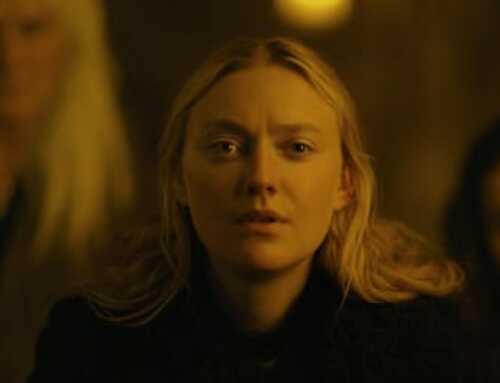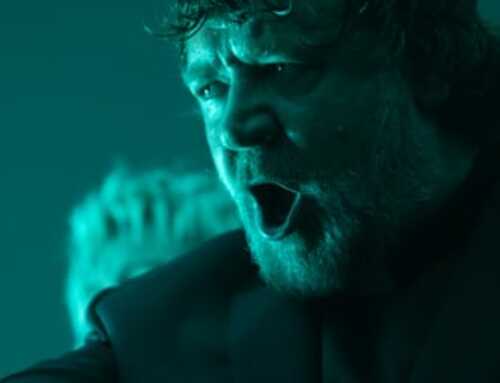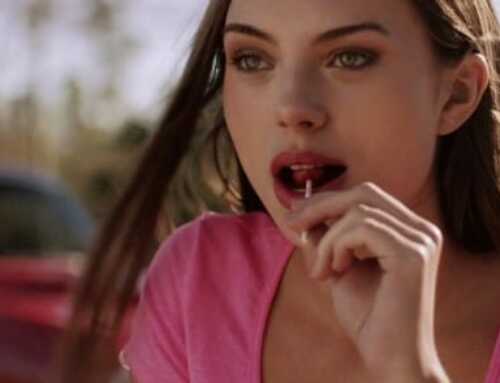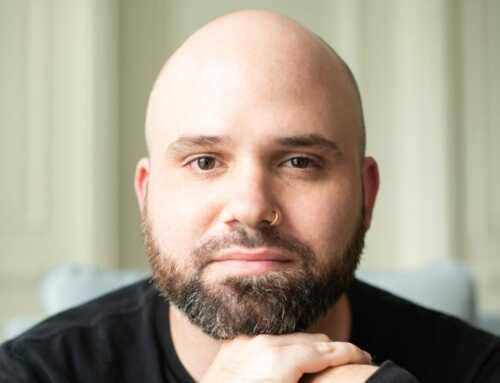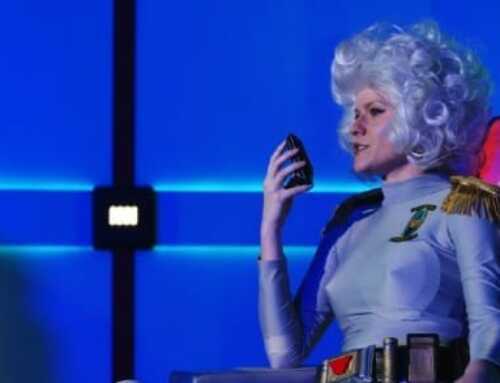Resident Evil: Welcome to Raccoon City is the latest film in the franchise based on the iconic video game series. We sat down with two leaders of the sound team to learn about how sound supported the film’s narrative and the elements that went into the listening environment for the film. Sound Designer, Dashen Naidoo, and Re-Recording Mixer, Bret Killoran, worked to set the tone for this dark and infected film and bring Raccoon City to life.
Dashen and Bret provided an immersive experience for movie-goers, and the result is incredibly impressive and proves these are two creatives to keep an eye on. Dashen previously worked on The Shape of Water, a striking film that follows a governmental experiment, isolation, and a unique relationship. Bret worked on Guillermo del Toro’s Scary Stories to Tell in the Dark, a collection of scary short stories that was adapted into an equally frightening film. Please enjoy our conversation with them below.
What are some of the different roles you have held for past projects, and how do they influence your success as sound editors?
Dashen Naidoo: Previous to being a Sound Editor/Designer it was mostly the stepping stone positions of working my way up the ladder – Trainee and Assistant. These roles give you the space to learn the craft by watching and working under people who are already established and knowledgeable. In my formative years I’ve worked for a handful of established and respected editors whom I’ve taken either large chunks, or pieces of styles and workflows that became the backbone of who I am as a Sound Designer. Sometimes it’s how an editor organizes their work all the way to how another editor might approach and execute their creative ideas. It’s all so valuable.

Dashen Naidoo
Bret Killoran: I had a unique experience in the industry where I started out directly under a mentor and as part of his training he made sure I had some experience in every post sound position I could and from there I would learn which one I enjoyed the most. This experience confirmed that being a Re-recording Mixer is my favourite role but I also really enjoy sound editing as well. I think this contributed to me being a good team player as I understand other people’s roles better, and it also helps me to pull inspiration from more places when I’m stuck on something.

Bret Killoran
Can you walk us a bit through the sound elements on Resident Evil: Welcome to Raccoon City and how they supported the film’s narrative?
DN: Ultimately, it’s about creating this dark and infected world that is Racoon City. The words “Unsettling” and “Disturbing” were used early-on by Director, Johannes Roberts. These words became the goal and challenge from edit/design all the way through into the mix.
For me (and natural to Resident Evil), it starts with recording and designing the sounds of Zombies! Beyond that, it was making the exciting moments as punchy as possible, and the quiet moments as suspenseful as possible.
As editors, we show up with a lot of layers to play with in the mix, which is important because we all need to see it take shape a few different ways before landing on a style that works for the film. In the mix, we made very selective choices and heavily minimized other sound elements to make a moment or scene more impactful.
BK: As Dash said he was responsible for crafting the sounds we hear and my role was integrating it into the listening environment and making it work with dialogue and music. Some of the key things we did in the mix was our use of reverbs. Reverb is the sound that you hear when you pop a balloon in a gym. In the games the visuals are very dark because it’s meant to be scary, and reverb tells you, through sound, what type of place you’re in. Andrew Tay, who mixed dialogue and music, and I tried to incorporate that into the movie soundtrack as well. I approached it with the idea that if we played just my FX and lost the image we could still picture the type of space the characters were in.
What is the first step of your sound editing process? How do you get in the right mindset to work on a project?
DN: The first thing I like to get my hands on is a script. Scripts provide a ton of insight and literal descriptions of what to expect. It’s usually the first motion in the mechanics for us. It also puts us in the writer/director’s vision early on. After that, I love to see any cuts being distributed, even if it’s “version 1,” we can see things realized and start creative conversations.
If a project is based on literary works, I read the book(s) as much as possible. If it’s based on a video game, I watch a lot of game-play and story-mode on YouTube. If I can get my hands on the console and the game, even better!
I also watch and listen to what other Sound Designers have done in similar genres. I find in doing all of this you get the wheels turning and naturally become inspired.
BK: My first step as a re-recording mixer is to listen to what Dash, or any editor/designer, has sent me. Editors spend a lot of time crafting sounds and I approach my job as trying to enhance what they’ve sent while preserving the intention of the sounds. As I go through my premix, which is my time to hear things and mix before the director is in with us, I like to turn the volume down a bit and just watch the scene as it was edited. From there my mind starts to get excited and then I dive in and start my mix.
I know this industry can require a lot of hours, but it is surely a labor of love. What do you all find to be the most fulfilling or favorite thing about your job?
DN: Yeah, the hours can add up for sure, but they also pass by really quickly when you’re zoned-in! We often have to remind ourselves to take a break. I love creating sounds from scratch as much as possible. I do my best to give a film or project a sonic signature. That’s the ultimate challenge and reward.
BK: My absolute favorite part of being a re-recording mixer is that on our last day, when we watch the movie for the last time with the producers/director, we are the first people to see the final film. Sometimes there are little things outstanding with the picture, but for the most part we just watched what the audience is going to see. To me this is such a privilege and exciting moment to share with the other members of the team.
Have any of you gotten a chance to use a unique sound, odd instrument, or musical easter egg in one of your projects?
DN: The most recent example of a unique easter egg was in Resident Evil – Johannes (the director) was big into the idea of using the classic zombie moans (from the original game) in certain moments to give the day-one fans some nostalgic ear candy. We recorded performances of it and sprinkled it around the mansion. Bret did a great job of giving it all a space in different rooms.
Aside from that I’m always playing with and creating unique sounds and banking them away in my library. Sometimes they have an immediate and specific purpose and sometimes they don’t.
BK: Unfortunately I don’t have any fun easter eggs, but what I do like to do with clients I have a good reputation with, is sometimes sneak goofy elements to a scene, like cartoon effects, and play back a scene very seriously and hope to get a laugh when we pass the funny part. I find it eases tension and reminds everyone that our job is fun.
Any big wins or recent projects you are excited about?
DN: Previous to RE, I did a bit of sound effects work on Nightmare Alley which was really fun. Coming up I have a couple really interesting projects that I don’t think I can mention at this time. I can say that one is in the Horror/Fantasy genre and the other is in Drama/Action. I’m really excited to work on both!
BK: This past year I mixed on 3 films that premiered in TIFF which is always exciting. TIFF is such a big festival, especially here in Toronto, so to have 3 films was extra special. As for future projects, there are lots coming up that I will definitely share when I can!
Thank you for reading! You can learn more about Bret Killoran here and Dashen Naidoo here.


